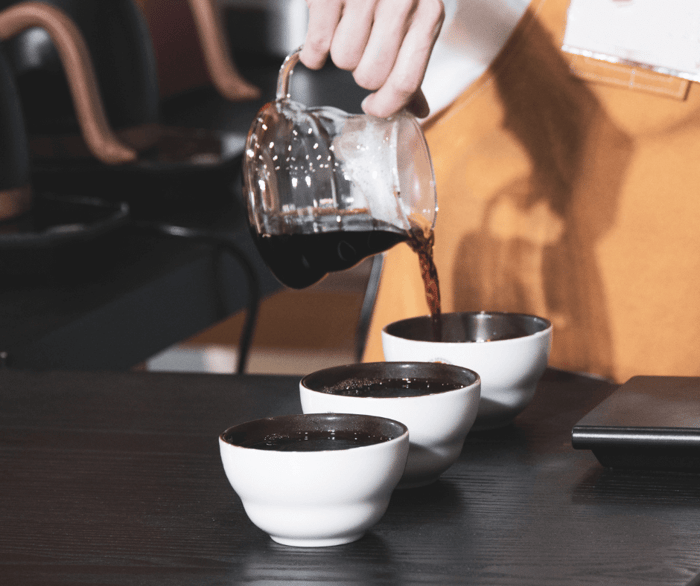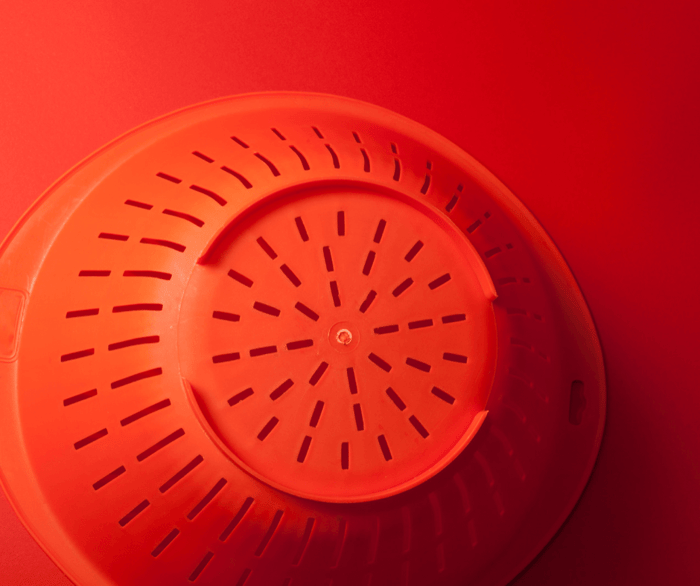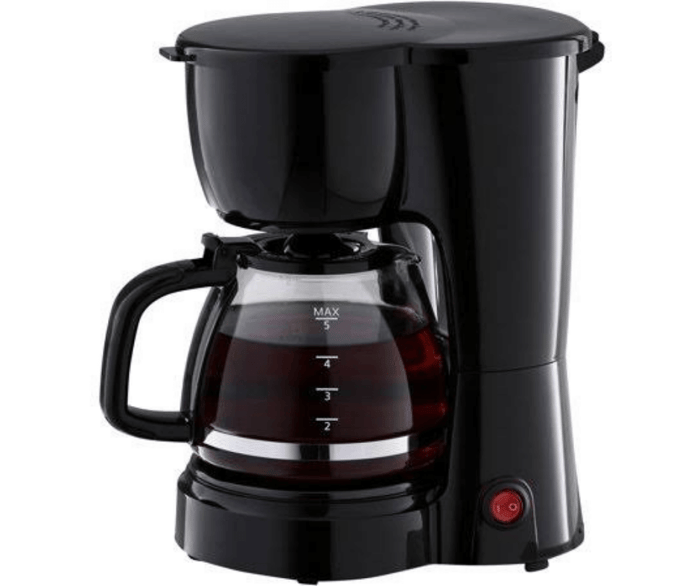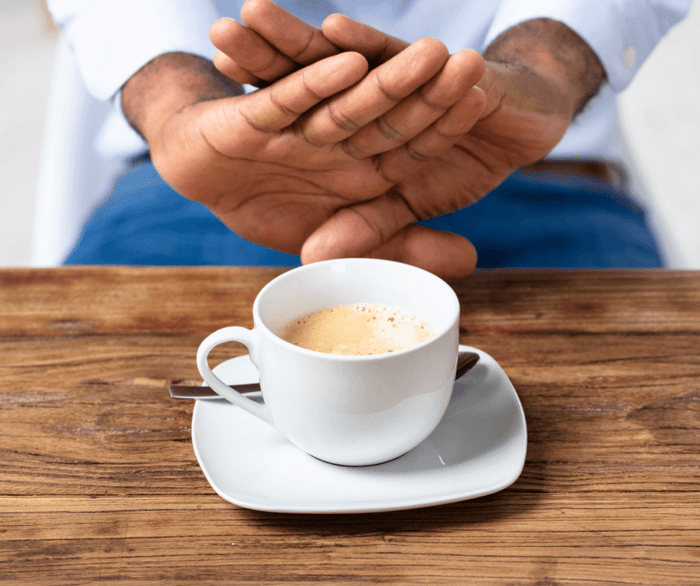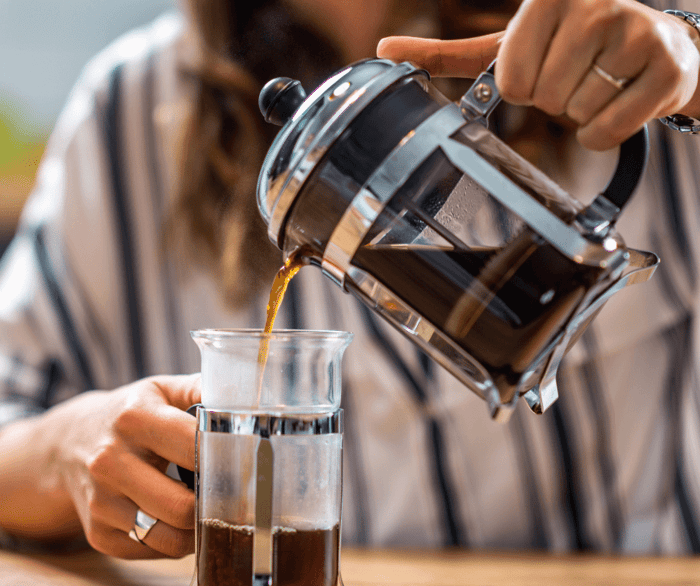Have you ever heard someone speak about coffee and use terms and words which really meant nothing to you? Sometimes it sounds like brands throw fancy words on packaging to confuse us enough to buy it.
Just like wine, coffee has special words used to describe the characteristics of your cup. From the fruity flavor to the room filling aroma these coffee terms are used by experts to rate and review different beans and blends.
So you do not have to blindly stare like a deer in the headlights the next time someone is describing their coffee, here are a few key words to know to pretend to be an expert yourself.
Body
When the term body is used to describe a cup of coffee, it is in reference to how flavorful and thick the coffee is once brewed. Body is included as one of the four main coffee characteristics which coffee experts rate coffee on. (Flavor, Acidity, Body and Aroma). The roast level doesn't always effect the body of the coffee as other factors like origin and type of bean will have an effect.
Robusta beans will typically have less body than Arabica beans while Central and South American coffee beans will have more. To give some perspective, a cup of coffee has very little body as you can often almost see through it.
The easiest way for a non coffee expert to judge body is asking yourself do I feel like I am chewing this coffee. While an exaggeration, this is a easy way to judge the body of the cup.
Balanced
No this has nothing to do with falling over. The term balanced may seem somewhat vague but in short it simply means none of the above four characteristics stand out above the over. Coffee with a bitterness, high caffeine content, citrusy flavor and strong aroma all possess unique qualities and their own special benefits, but are not balanced.
Now a blend of Central American and Sumatran beans can be considered balanced as all of the characteristics shine through in a subtle and not overwhelming way.
Acidity
Ever hear someone say "it taste like gas station coffee"? Typically this is due to a lack of some acidity and just an overall harshness or bitterness to the cup. Often this will be thought of as cheap coffee (sometimes it is). On the other hand a little acidity which can present itself as a lemon or citrusy flavor profile will produce a more desirable cup of coffee. Bean type will have an effect on this as Robusta beans have less acidity and are often harsher while Arabica is a smoother and sweeter flavor.
Clean
No we are not saying there is dirt in the coffee. A clean blend or roast will be free of flavor effecting defects. These can range from fermentation, mold, rotten fruit, a peanut like flavor if the beans were picked too early and other flavors absorbed from packaging or cross contamination.
While wine has tons of steps from planting all the way to your glass which can effect flavor, coffee has even more. If you ever get a chance to listen to a coffee farmer or harvester talk about their process, there can be hundreds of important steps along the way to a clean coffee. Of course with the more care taken, the higher the coffee price tag will be.
Fruity
Different regions of the world are known for different characteristics. Think of the volcanic soil in Hawaii and the unique flavor it provides Kona coffee. In the same way many beans from South America will often have more of a fruity or floral flavor profile to them.
Other beans from Ethiopia and various African countries can also produce a fruity flavor profile to them. This however does not mean that your coffee will taste like strawberries, unless you add some flavoring in. The fruity flavor will be very subtle but also smoother than a more bitter coffee.
Want More Coffee Content?
- Daily Coffee Grind - Click Here
- Coffee Reviews - Click Here
- Coffee Brewing Guides - Click Here
- Coffee Brewer Reviews - Click Here
- All Things Tea - Click Here

